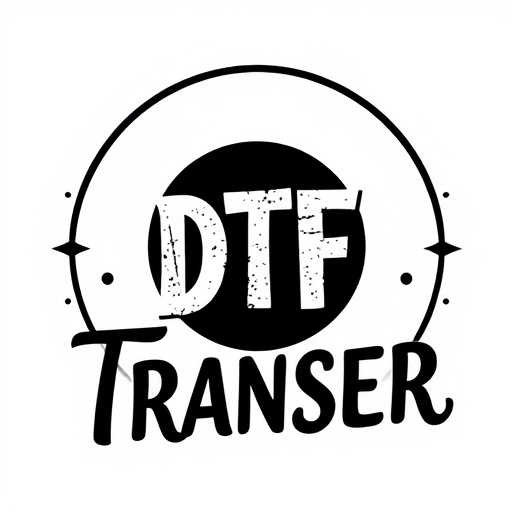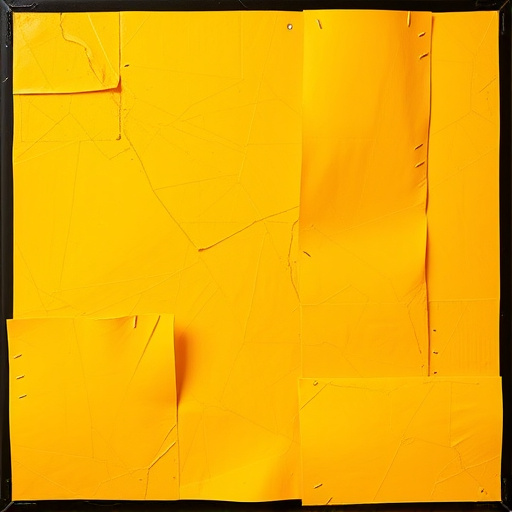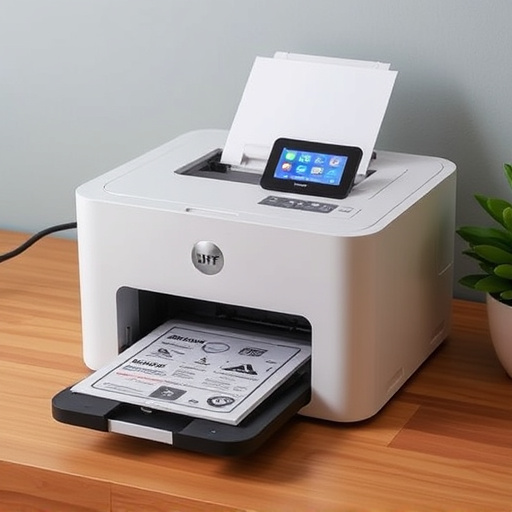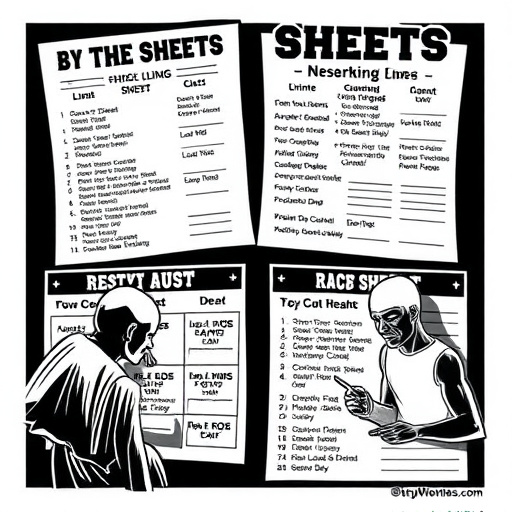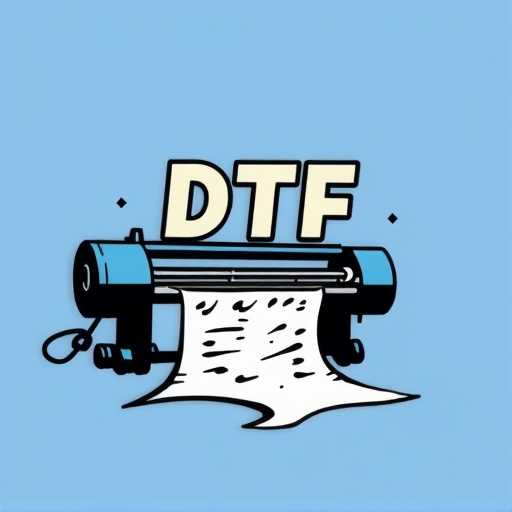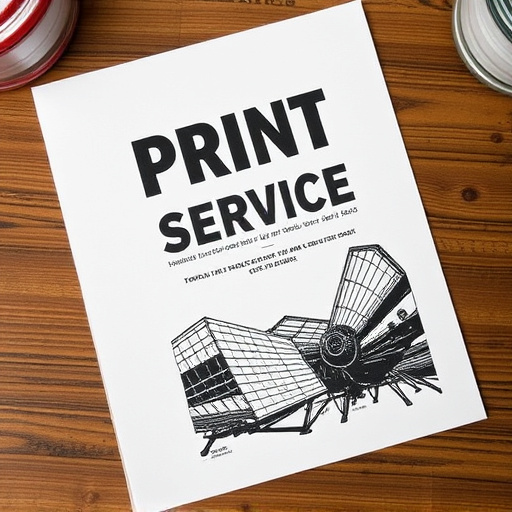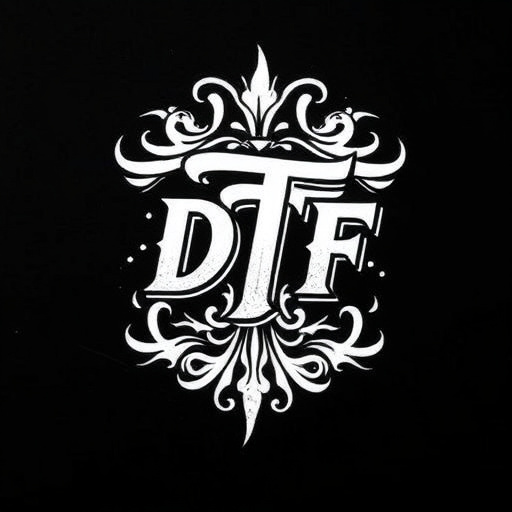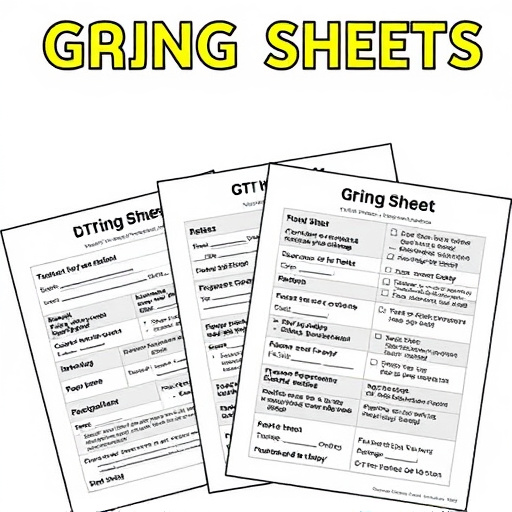Direct to Fabric (DTF) Printing revolutionizes custom apparel by directly transferring designs with specialized inks and heat pressing, eliminating screen printing. To order DTF transfers effectively, designers prepare digital designs for fabric type, print them onto transfer sheets with high-quality inks, and use cold peel transfers for a smooth finish, enabling intricate patterns on light fabrics, vibrant and long-lasting prints, and easy removal. Fast DTF transfers offer swift order fulfillment, superior quality, and detailed prints on various fabrics in record time, appealing to businesses needing quick turnaround.
“Revolutionize your custom t-shirt game with fast Direct to Fabric (DTF) transfers. This cutting-edge printing method offers a swift and efficient way to create unique designs. In this article, we’ll explore the benefits of DTF transfers for businesses and individuals alike. From understanding the technology to a step-by-step guide on ordering, you’ll discover how to harness the power of DTF to produce high-quality custom tees promptly. Learn how this process can streamline your orders and elevate your t-shirt creation experience.”
- Understanding Direct to Fabric (DTF) Printing
- Benefits of Fast DTF Transfers for Custom T-Shirts
- Order DTF Transfers: A Step-by-Step Guide
Understanding Direct to Fabric (DTF) Printing
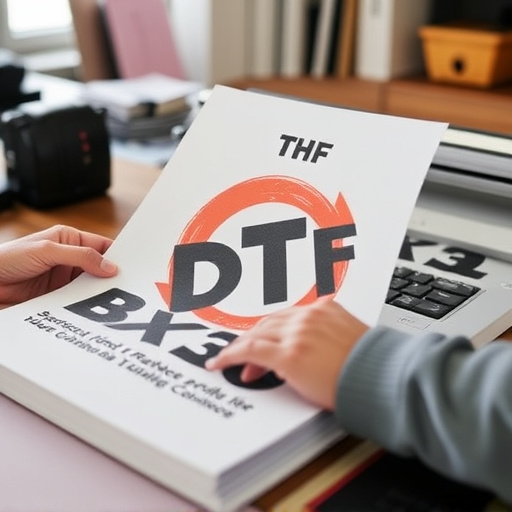
Direct to Fabric (DTF) Printing is a cutting-edge technique revolutionizing the custom apparel industry. This method involves transferring designs directly onto fabric using specialized inks and heat pressing techniques, eliminating the need for traditional screen printing methods. With DTF, designers can effortlessly create intricate patterns and graphics on various garments, especially light fabrics, with remarkable precision and speed.
Understanding how DTF transfers work is crucial when placing an order for custom sheets to heat press designs onto garments. The process starts by preparing the design digitally, ensuring it’s optimized for the chosen fabric type. Then, the design is precisely printed directly onto a special transfer sheet using high-quality inks. This sheet acts as a conduit, transferring the design onto the garment during the heat pressing process, resulting in vibrant and long-lasting prints. The cold peel DTF transfers ensure a smooth finish and easy removal from the fabric, making it a preferred method for creating unique, personalized t-shirts and apparel.
Benefits of Fast DTF Transfers for Custom T-Shirts
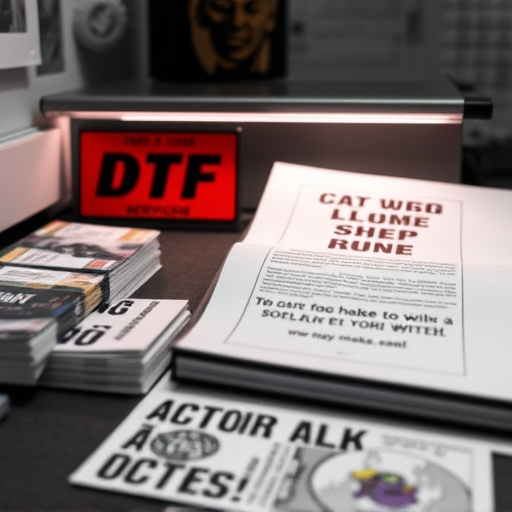
Fast DTF (Direct to Fabric) transfers offer a game-changing solution for custom T-shirt printing, revolutionizing the way businesses and individuals create unique designs. One of the key benefits is the speed at which orders can be fulfilled. With advanced DTF printing technologies, you can produce high-quality, vibrant prints on various fabrics in record time, ensuring swift delivery to your customers. This efficiency is particularly advantageous for those seeking to establish a fast turnaround time, allowing them to meet market demands and maintain a competitive edge.
Furthermore, DTF printing for dark fabrics has seen significant advancements, enabling precise and detailed designs previously challenging to achieve. The heat press method used in DTF transfers ensures that inks adhere permanently to the fabric, guaranteeing long-lasting durability. This process also supports a wide range of fabric types and colors, making it versatile for different T-shirt styles and personalizations.
Order DTF Transfers: A Step-by-Step Guide
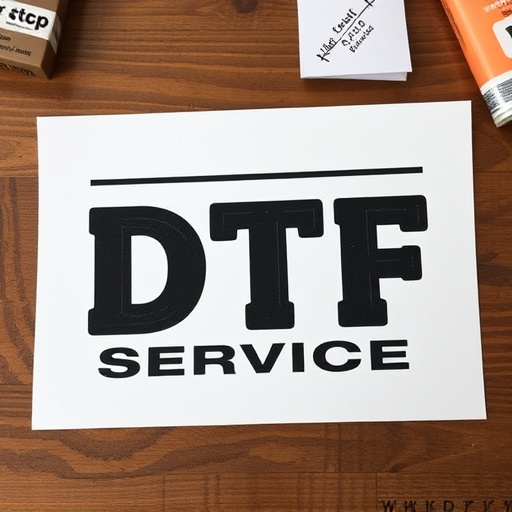
Ordering DTF transfers is a straightforward process that allows businesses and individuals to create custom designs on T-shirts with speed and efficiency. Here’s a step-by-step guide to help you navigate the order process:
1. Design Creation: Start by creating your desired design using graphic design software. Ensure the artwork is high-resolution, with a minimum resolution of 300 DPI for optimal DTF prints. This will guarantee crisp and detailed dtf for t-shirts.
2. Choose Your T-Shirt: Select the type of T-shirt you want to print on. Different fabrics offer varying levels of absorbency and print quality. Cotton, for instance, provides a soft texture and excellent ink adhesion, while poly-cotton blends are versatile and durable.
3. Select DTF Transfer Paper: The choice of transfer paper is crucial. Look for high-quality DTF papers designed specifically for fabric printing. These papers come in various types, each optimized for different fabrics and print styles.
4. Upload Your Design: Once you’ve finalized your design, upload it to the online platform or website of your chosen DTF transfer provider. Ensure the file format is compatible (e.g., AI, PSD) and meets their size requirements.
5. Customize Order Details: Provide essential order information, including the number of prints, shirt sizes, and any additional options like printing on both sides or adding a bleed area for full-coverage designs.
6. Review and Place Order: Double-check your design, specifications, and pricing before placing your order. Review all details to ensure accuracy, especially regarding colors, size, and quantity.
Fast DTF transfers have revolutionized custom t-shirt printing, offering both efficiency and quality. By understanding Direct to Fabric (DTF) printing and its benefits, businesses can now easily cater to diverse customer demands through streamlined processes like our provided step-by-step guide for ordering DTF transfers. This modern approach ensures quick turnaround times without compromising on design vibrancy, making it an ideal solution for those seeking timely and tailored apparel solutions.





